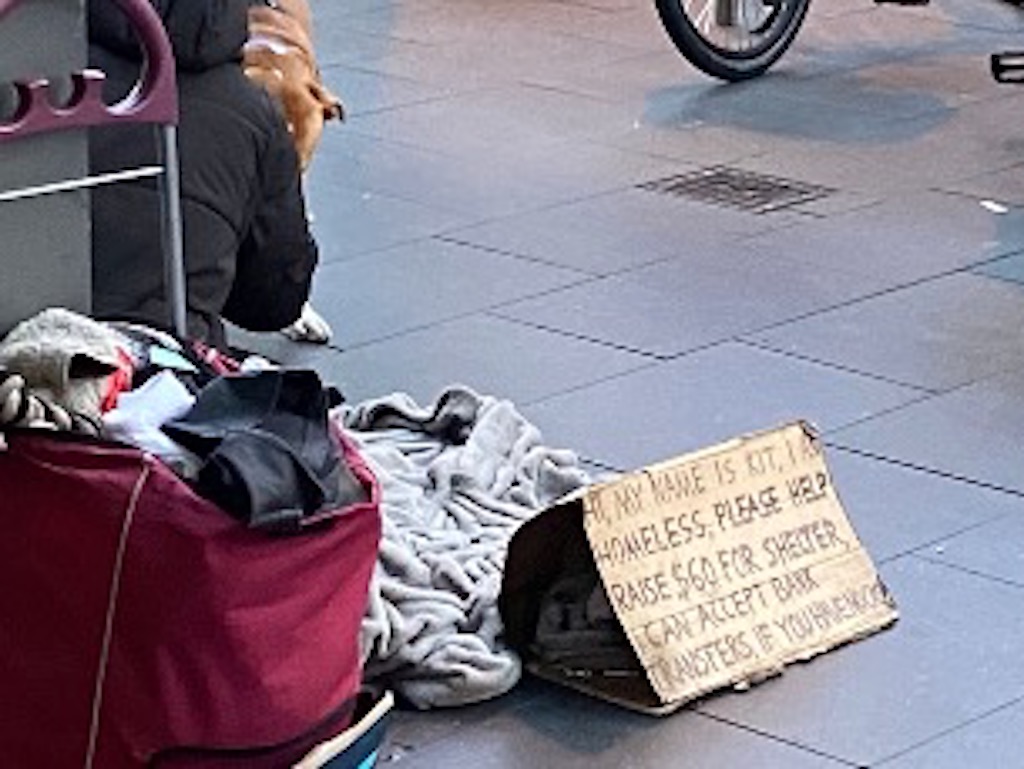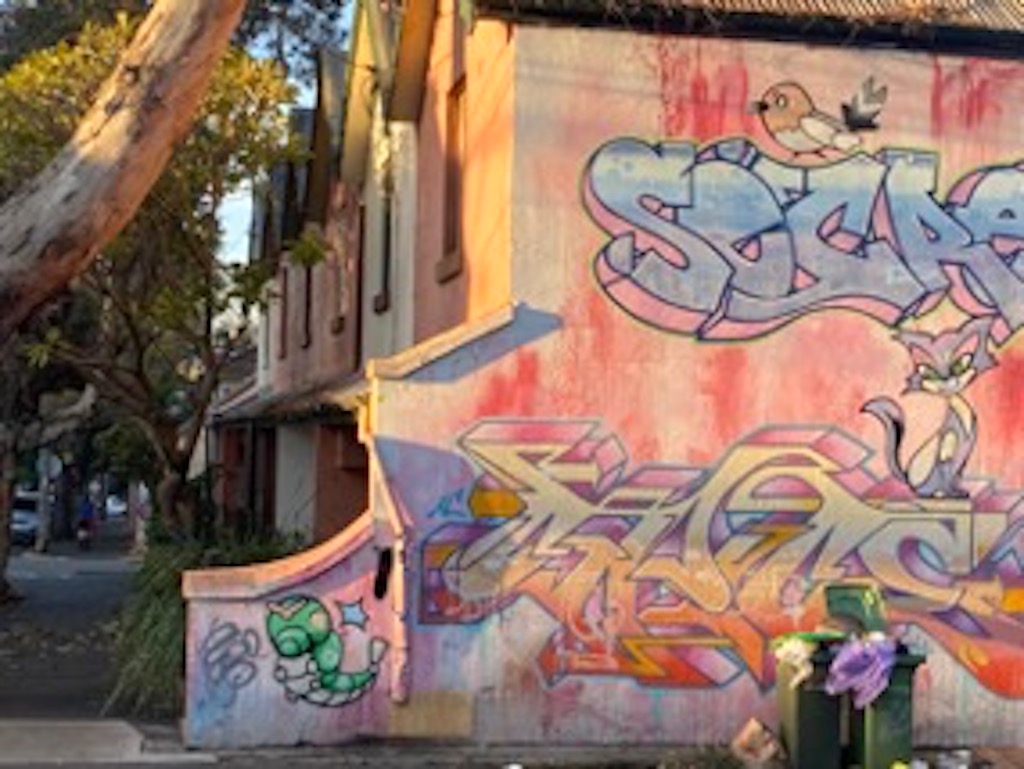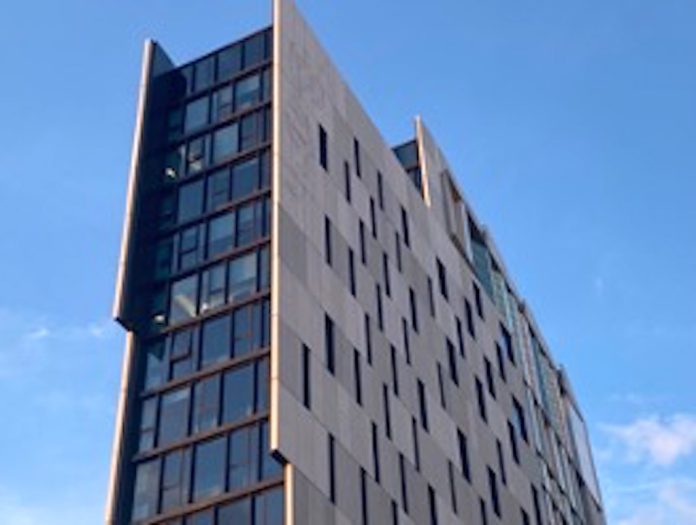On June 27, the NSW government took another step to address the housing crisis that emerged last year and promised to cut red tape.
NSW Premier Chris Minns announced that the Ministry of Planning and Public Spaces will redeploy 350 staff from the Greater Cities Commission (GCC) and Western Parklands City Authority (WPCA) into the Department of Planning and Environment. The transfer seeks to reduce the overlap and duplications between different housing agencies and redirect valuable resources to bolster planning delivery.
The Department of Planning and Environment’s acting secretary Kiersten Fishburn is working with commissioners to embed the new government’s rebalancing of population and housing growth for all 43 local councils to deliver commitments required under the National Housing Accord.
Premier Minns said Labor made a firm commitment before the election to streamline planning accountabilities within 100 days of taking office. The Premier said the government is making clear and positive steps in that direction.
Planning Minister Paul Scully explained that this step is crucial to reform the current housing landscape as too many agencies are operating with overlapping responsibilities. He said the previous government’s system created resourcing gaps in critical areas and did not fit the purpose of solving housing challenges.
The crisis in NSW is part of a more significant housing crisis in Australia. Since the start of 2022, advertised rents have increased by more than 10 per cent in Sydney; this indicates that the market is at its lowest availability. More homes are needed to keep up with population and household growth. International borders have also reopened, and the rise of short-term rental agencies’ profits and inflation is worsening rental conditions.
In NSW, the situation is considerably worse not only because the state is more populated but also due to the Liberal government’s social housing policy. Unlike Victoria and Queensland, the Liberal government in 2021 resisted state-funded social housing investment as part of pandemic recovery plans, so new social housing cannot be funded from the general revenue budget.

According to National Shelter chief executive officer Emma Greenhalgh, the situation inside NSW and some regions across the whole nation are still struggling. The NGO has seen rental affordability for low-income people rise to the pre-pandemic level in Australia in early 2021.
“I know many people struggling to seek a shelter, and Shelter NSW aims to achieve the goal for housing to be affordable, adequate, secure, accessible, in the right place and able to meet lifecycle needs,” she said.
“We welcome the enhancement in social housing, and we have campaigned for the necessary social housing package to pass, whether at the federal or state levels.”
This step of redeployment is one of the first steps the Labor government took after the crucial rental reform passed in Parliament on June 22.
The Residential Tenancies Amendment (Rental Fairness) Bill was passed by both houses, having been introduced in the lower house on May 10 and amended on June 20. Minister for Better Regulation and Fair Trading, Anoulack Chanthivong, proposed the Bill which outlines a series of reforms, including closing existing loopholes and extending the ban on rental bids. It also expands to third-party platforms and empowers the right of the Rental Commissioner to gather pricing data.

The Bill also ensures the power needed for the Minns government to implement a portable bond scheme that delivers significant financial relief to renters.
“A portable bond scheme will end the system that sees the average renter forced to spend the equivalent of 11 weeks’ groceries to move from home A to home B, “ Chanthviong said.
He added that the bill was just the beginning of the government’s actions to solve the housing issue.
But not everyone is confident Labor can meet its promise of easing the housing crisis. Just five days before the passing of the bill, protestors gathered outside Sydney Town Hall to protest against the Labor government’s decision to privatise and demolish Waterloo and Glebe public housing estates.
Glebe resident and architect Dave Goodwin, said he understands the reform bill’s capabilities to accommodate housing prices and deliver new public housing services, but remains highly skeptical of Labor’s promises.
“In Glebe, the number of people who rely on social housing is large. The housing crisis affects us all even today, and some cannot see the light at the end of the tunnel,” Goodwin said. “Our community is really stressed out and definitely needs timely financial aid.
“Labor has made a lot of promises about housing in this election. But I do not hold high hopes in them to complete these processes down here. Politicians cannot keep to their promise sometimes.”


